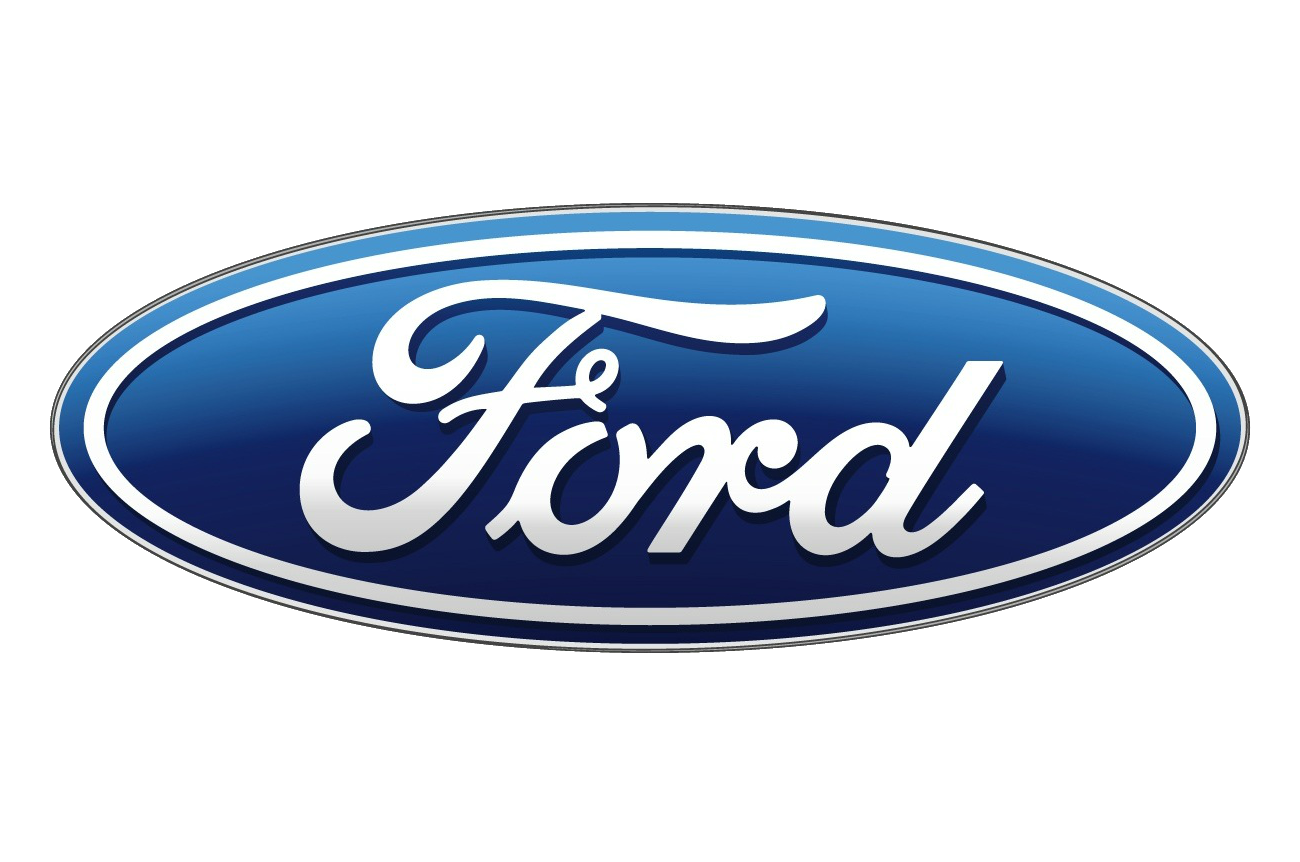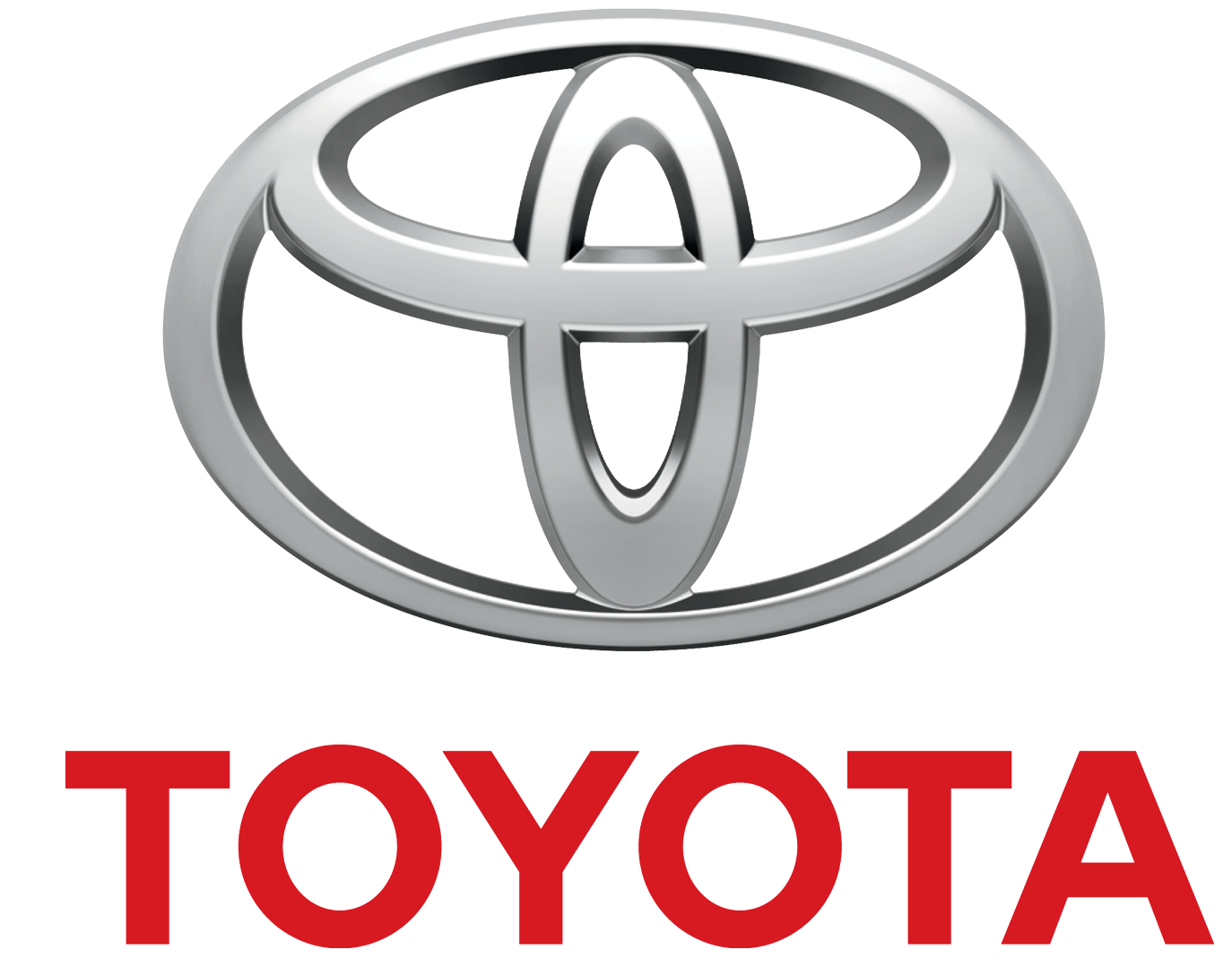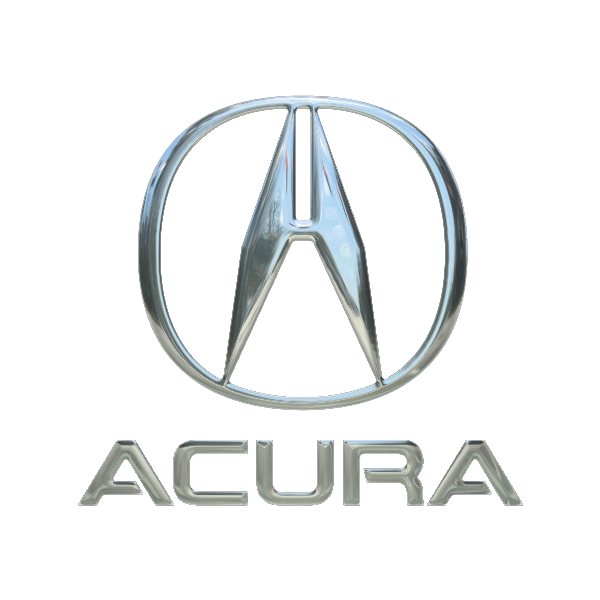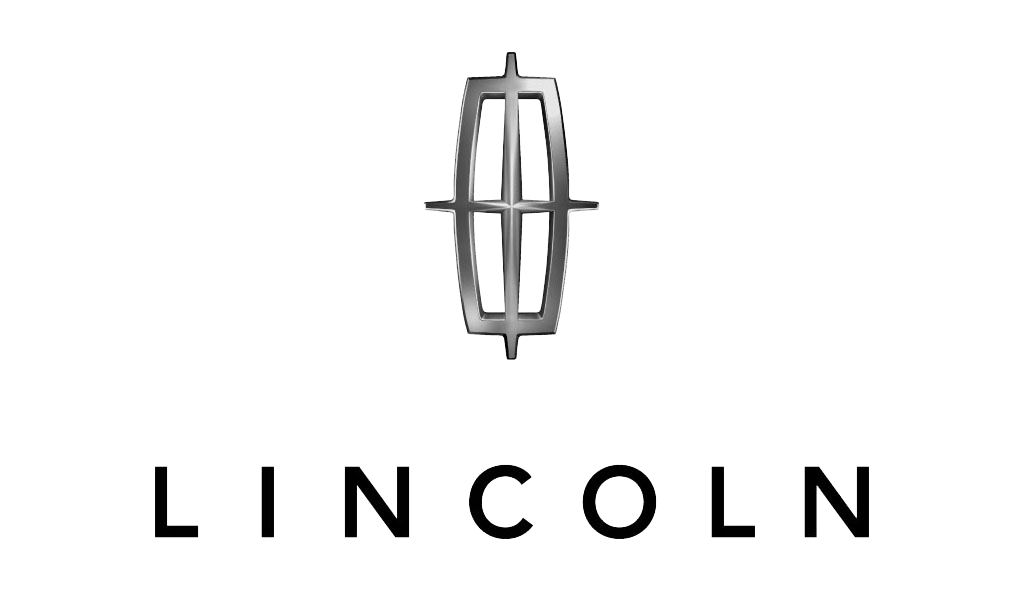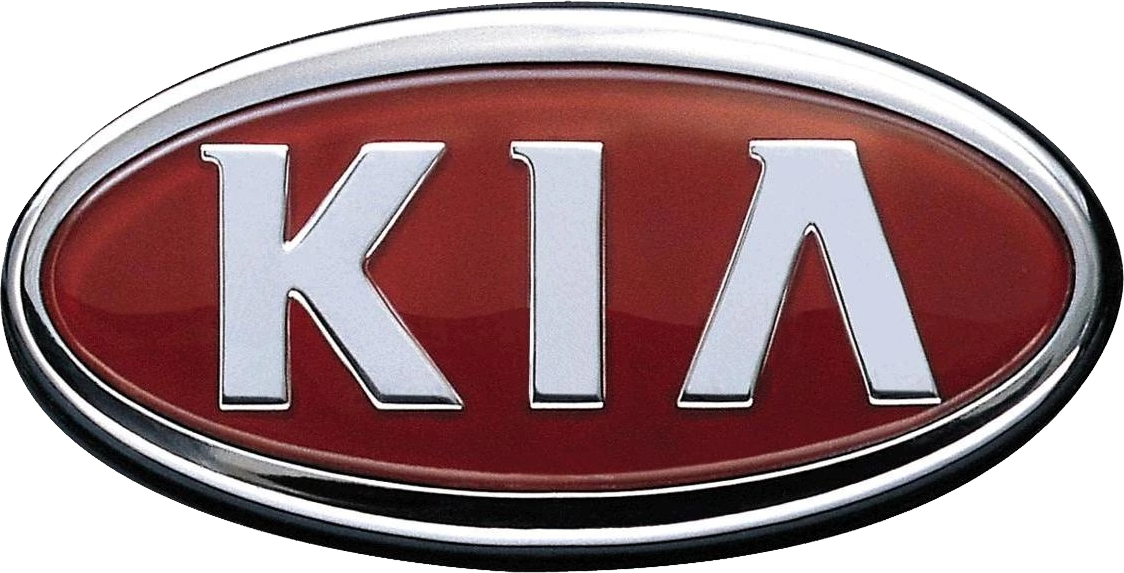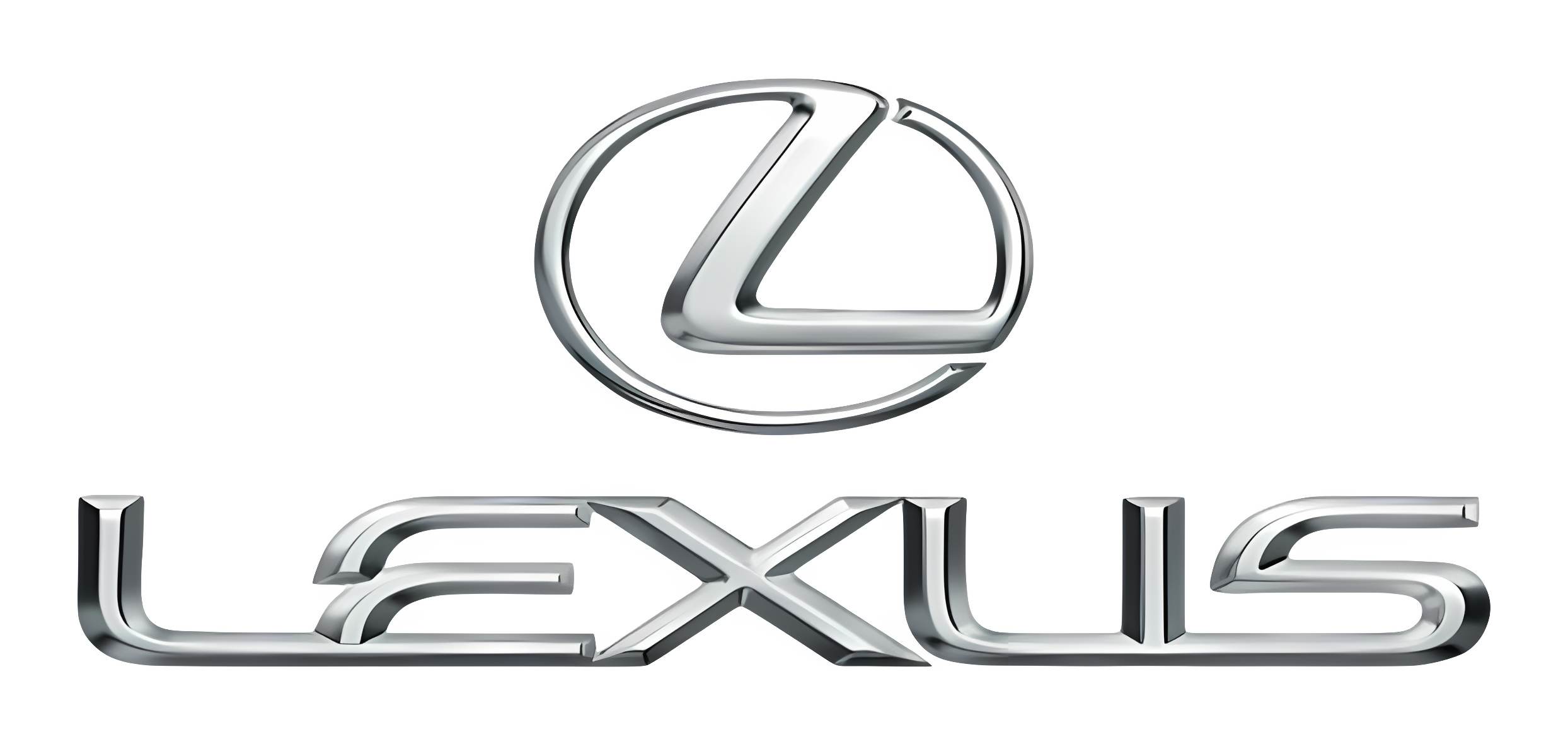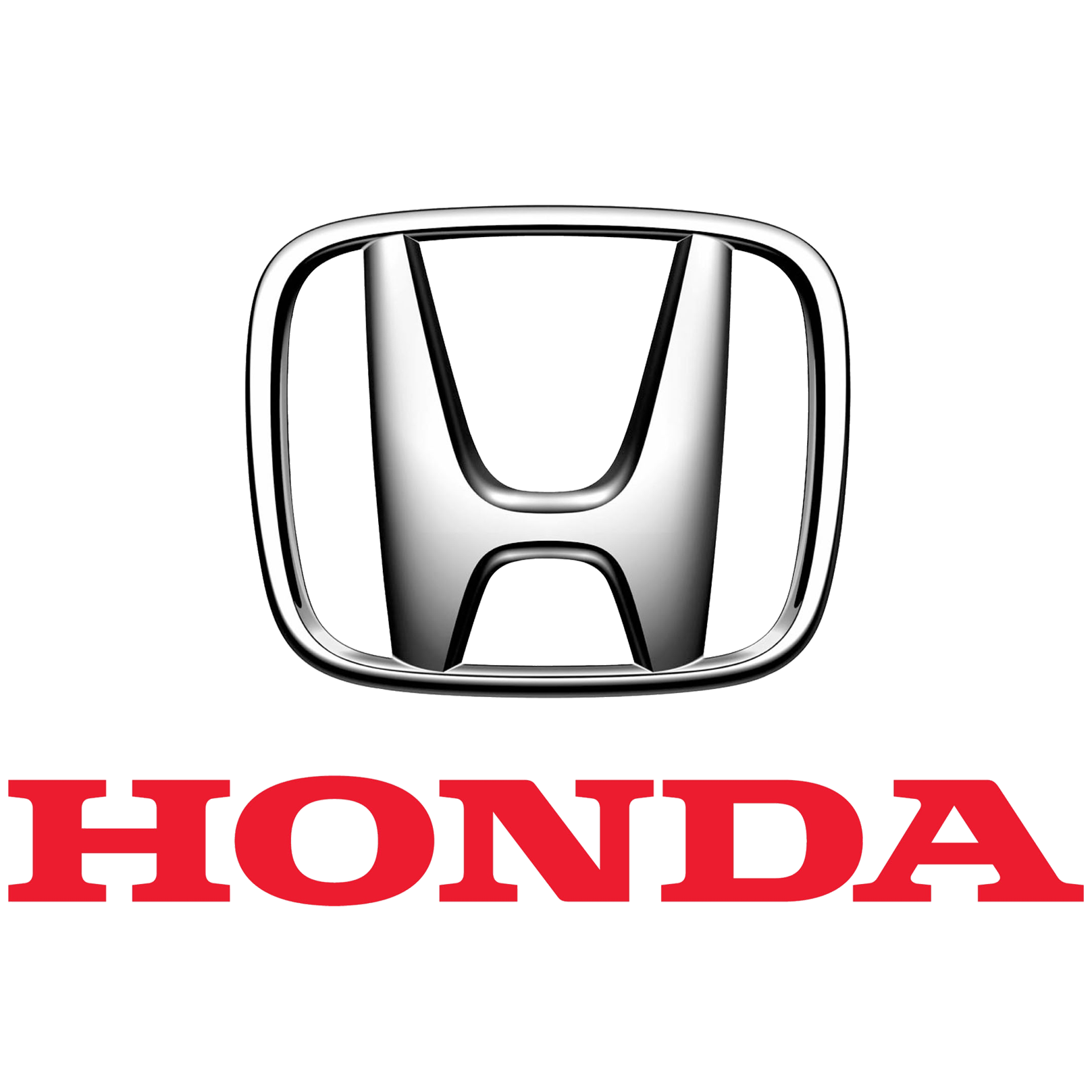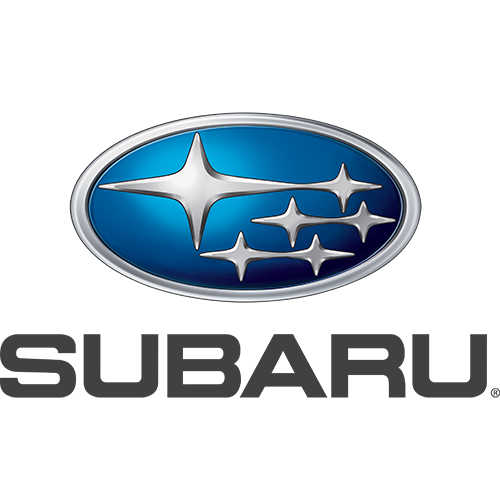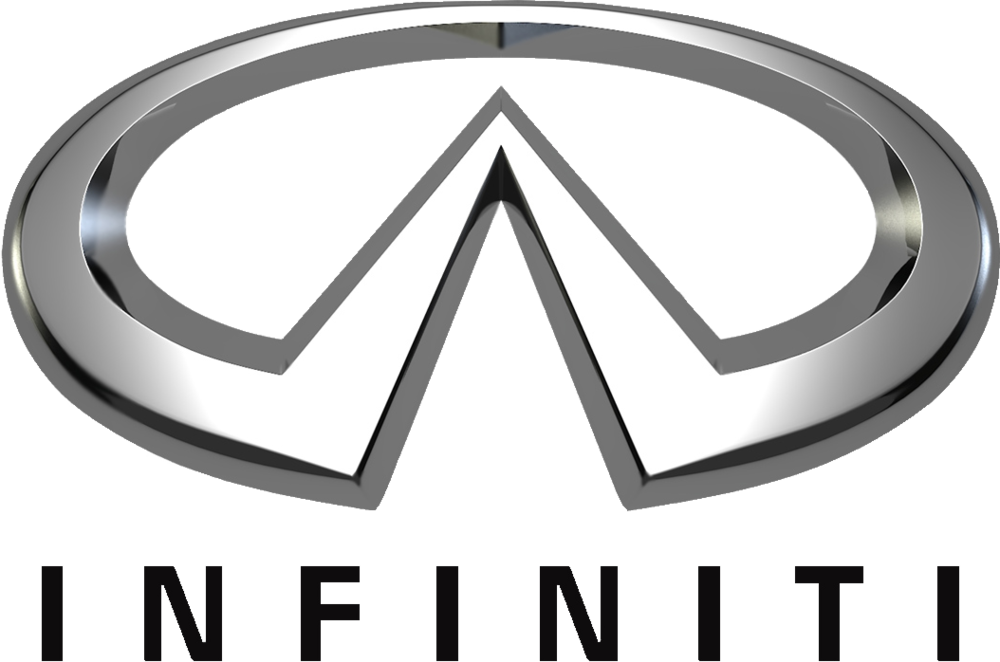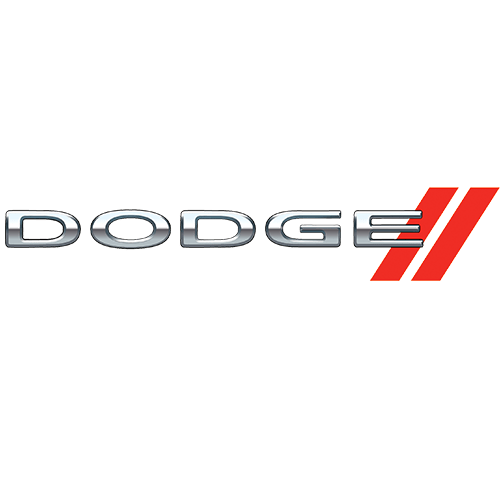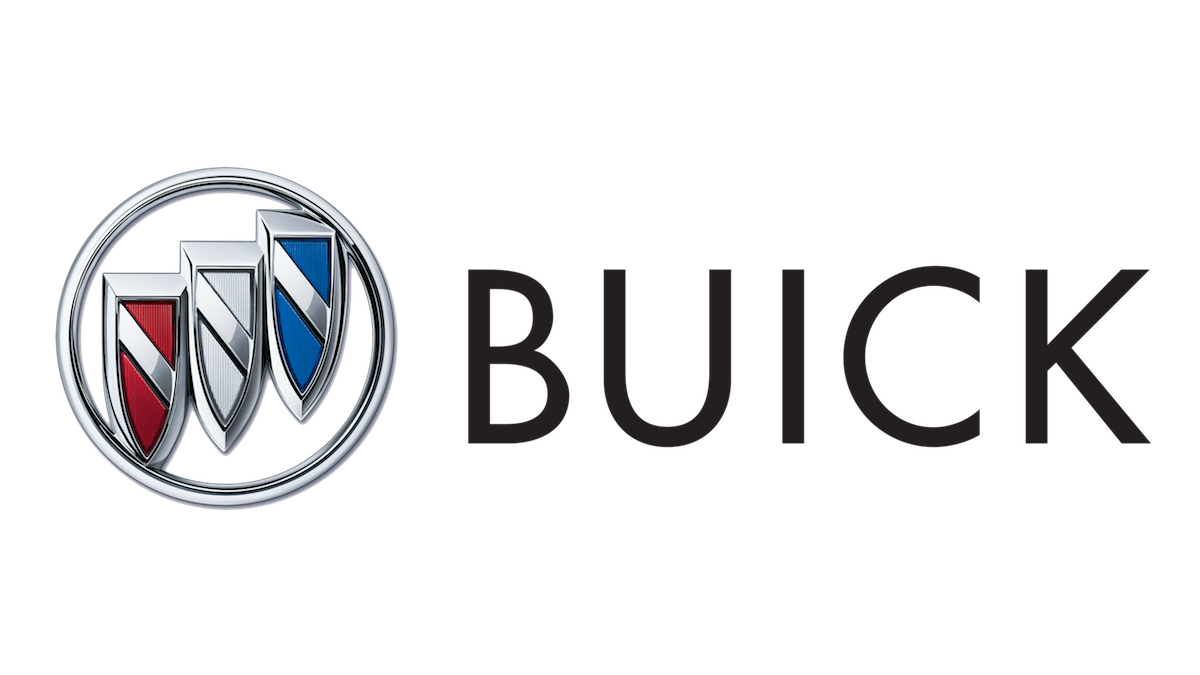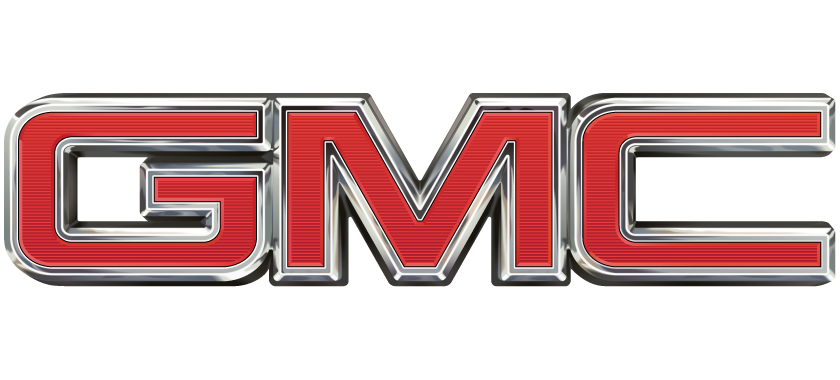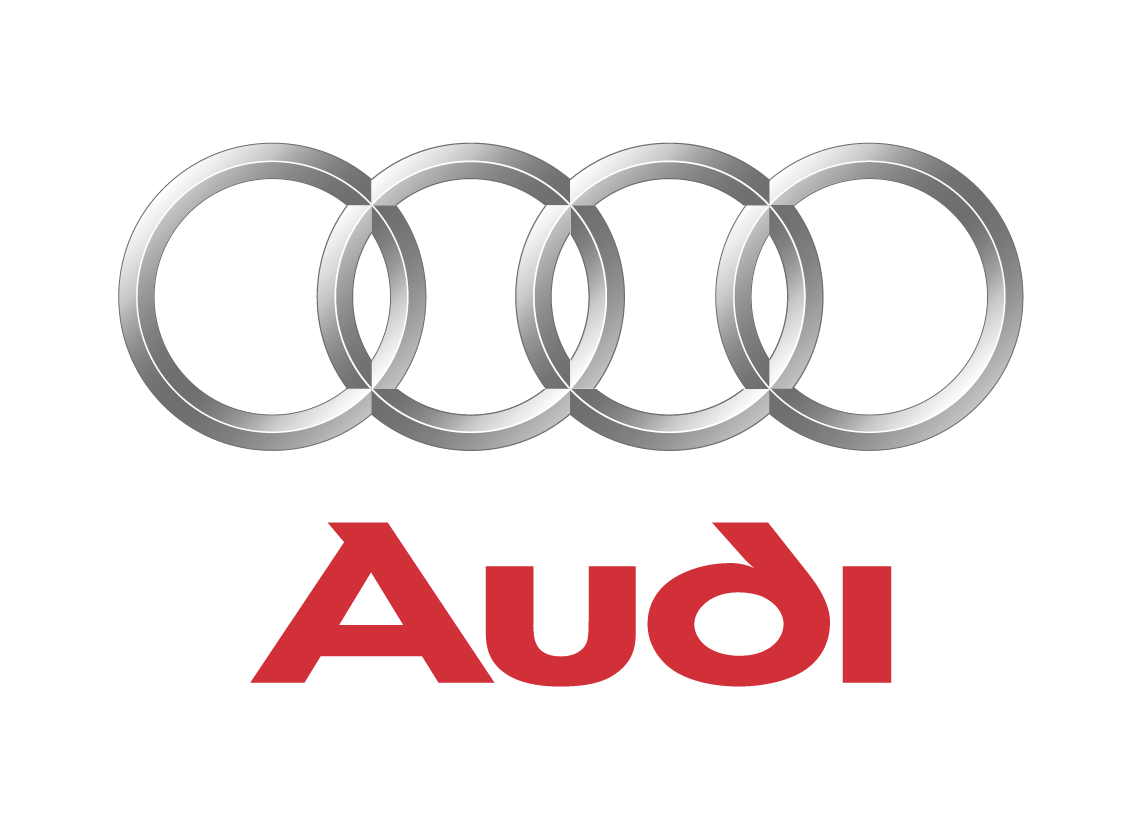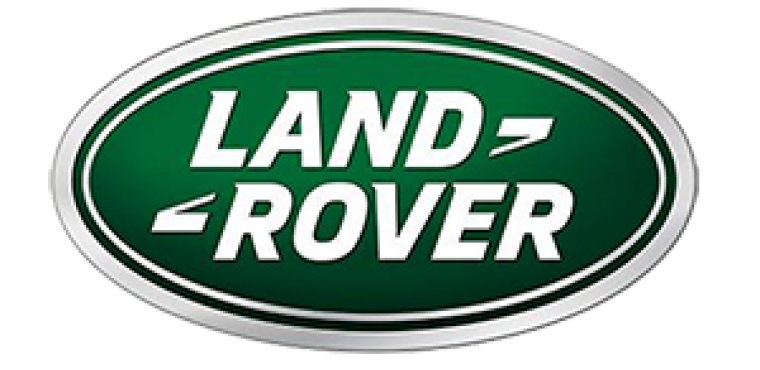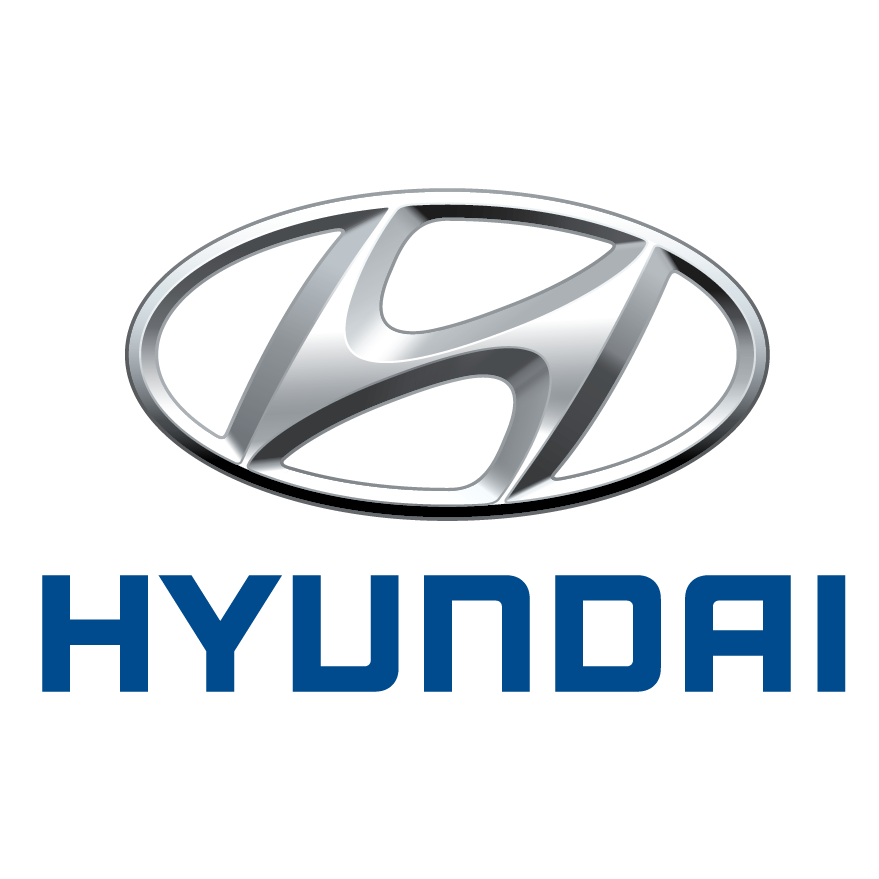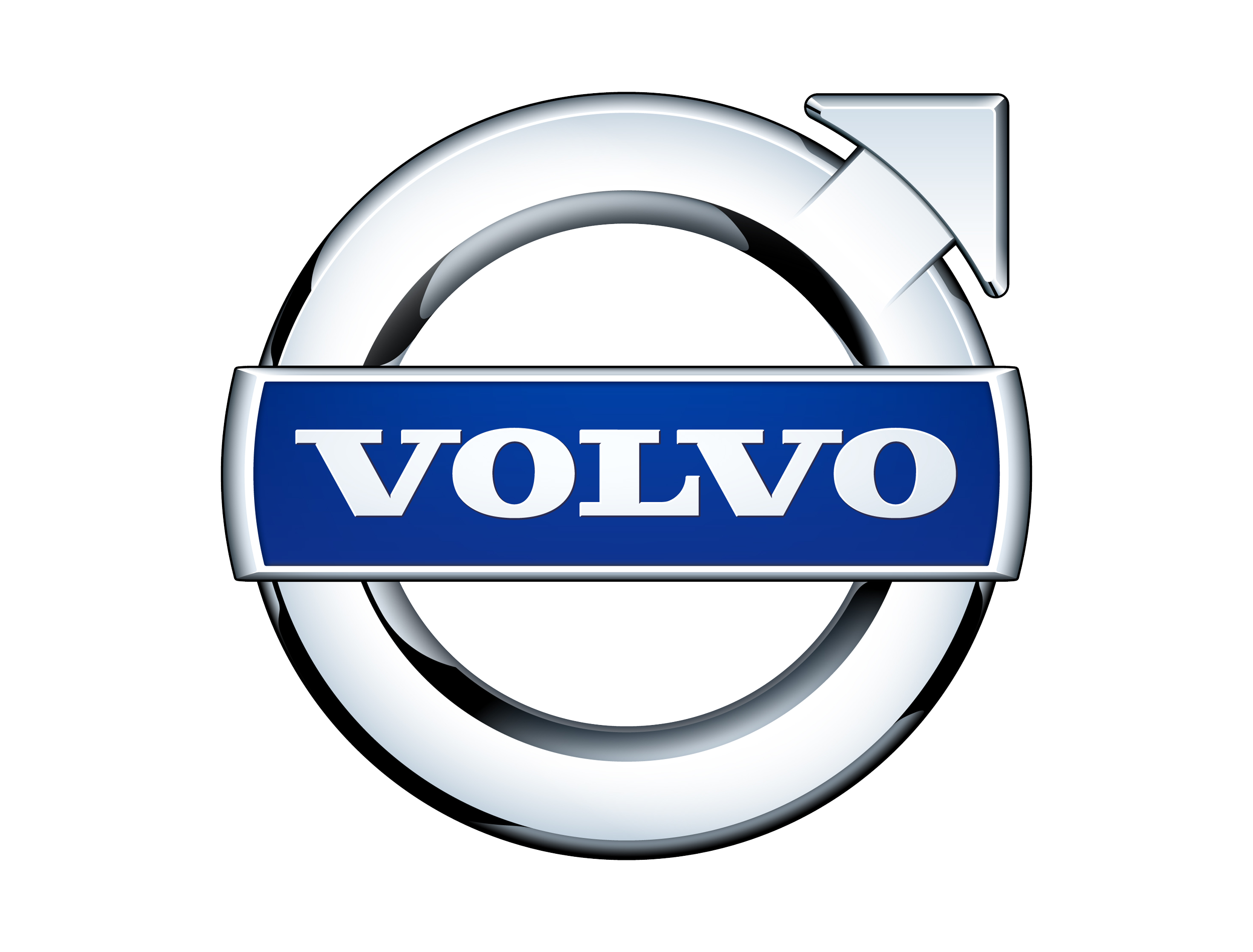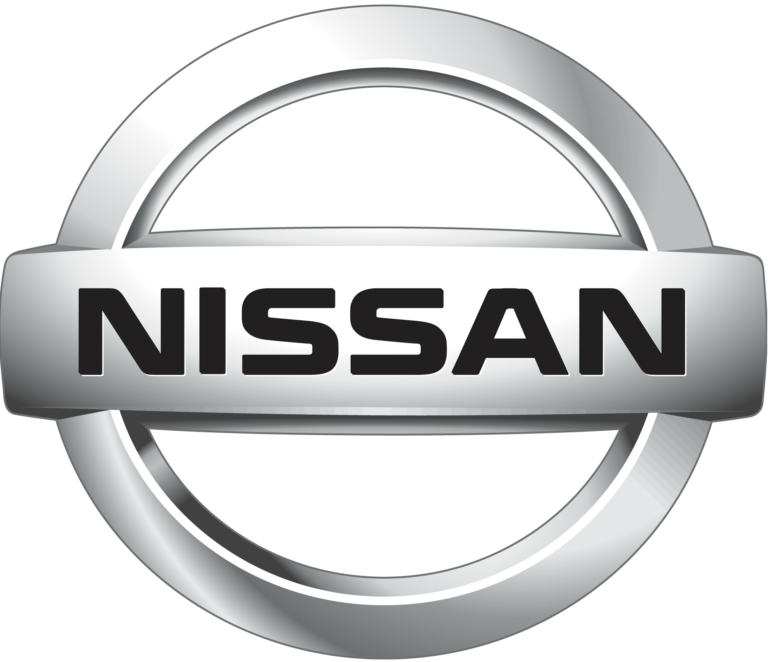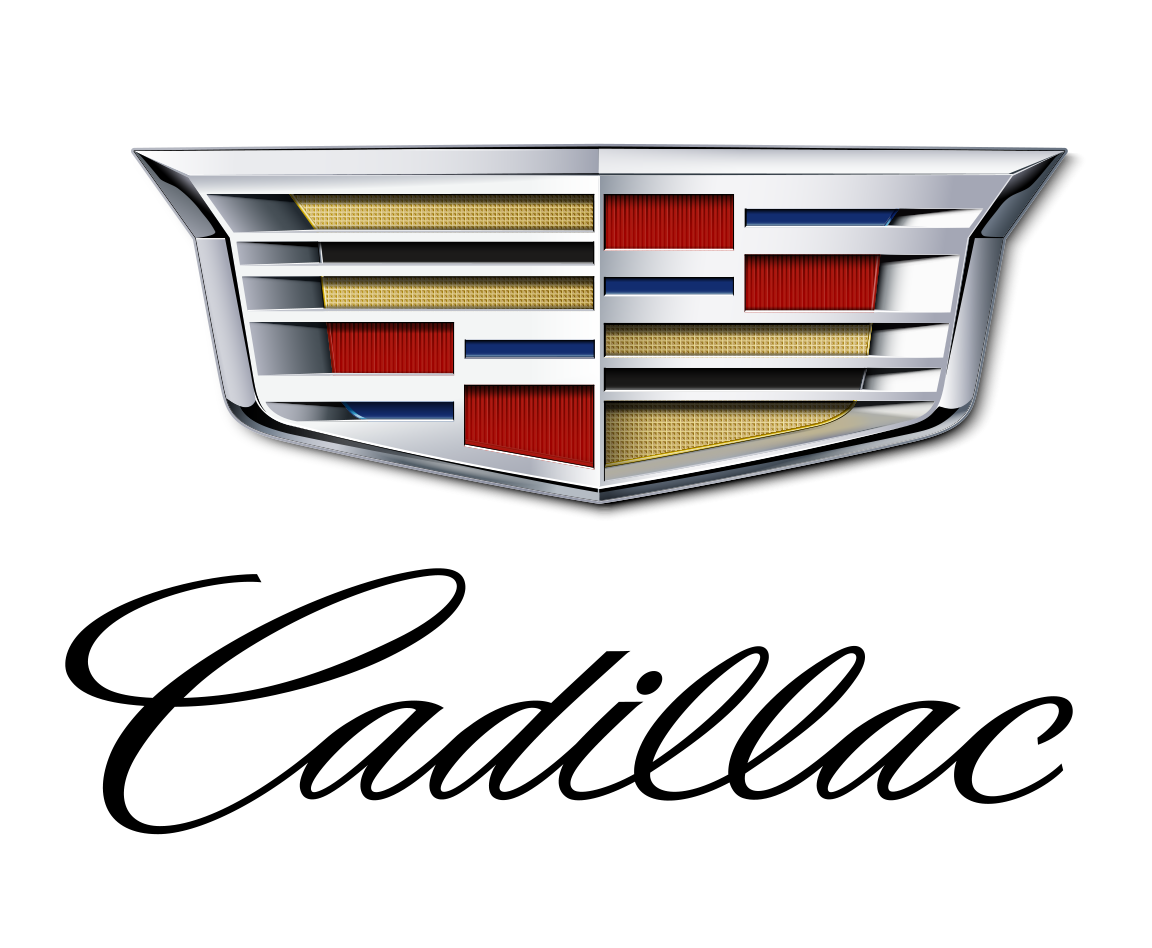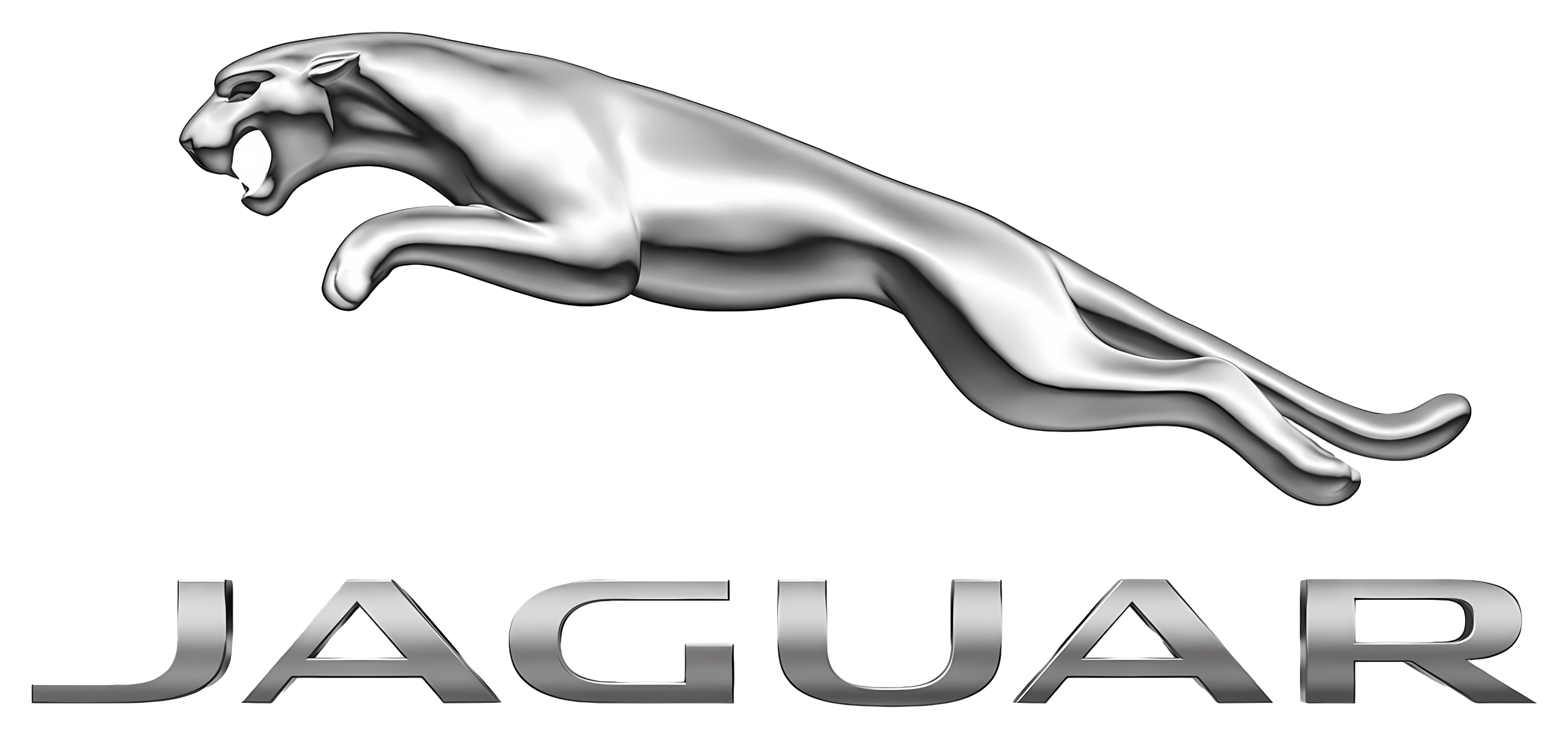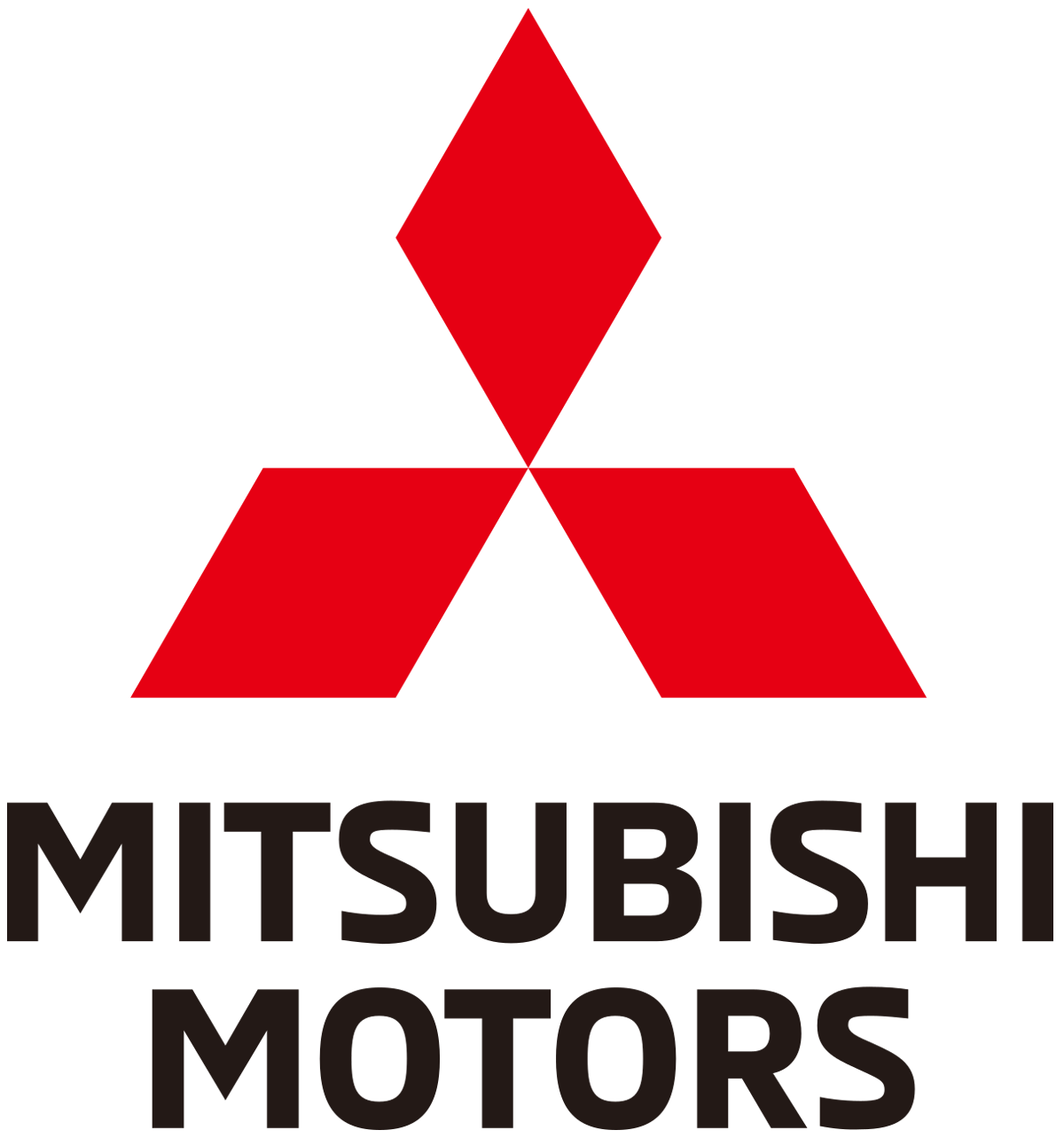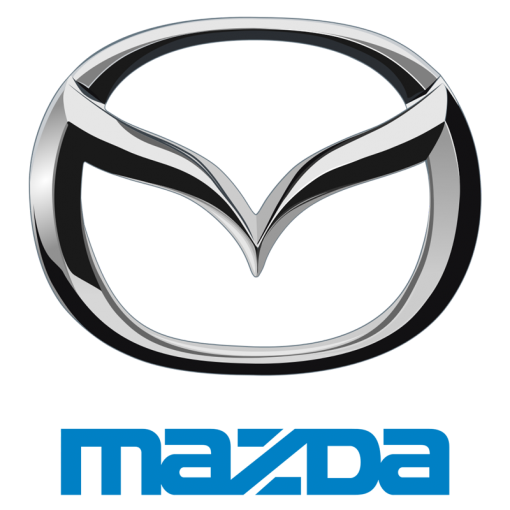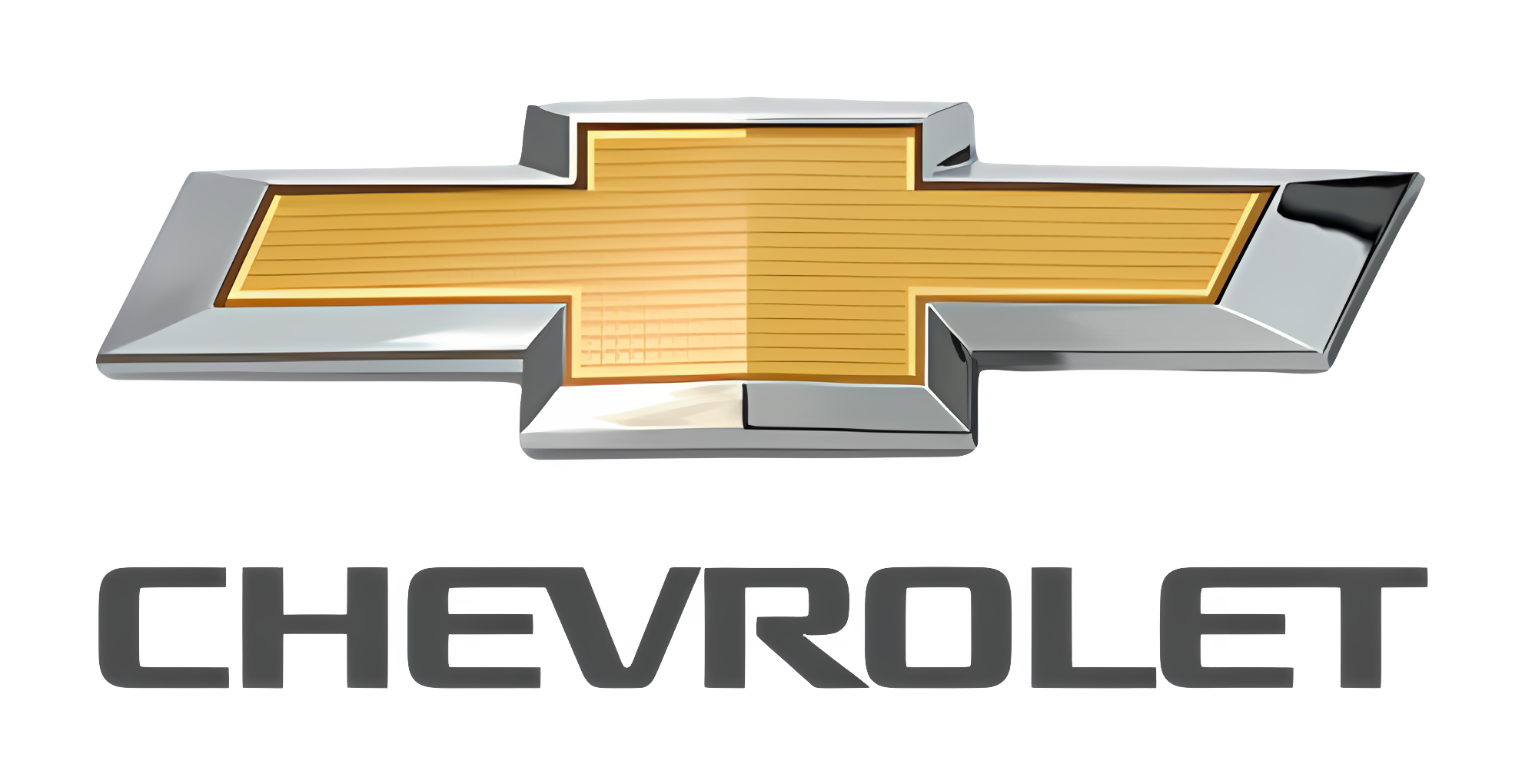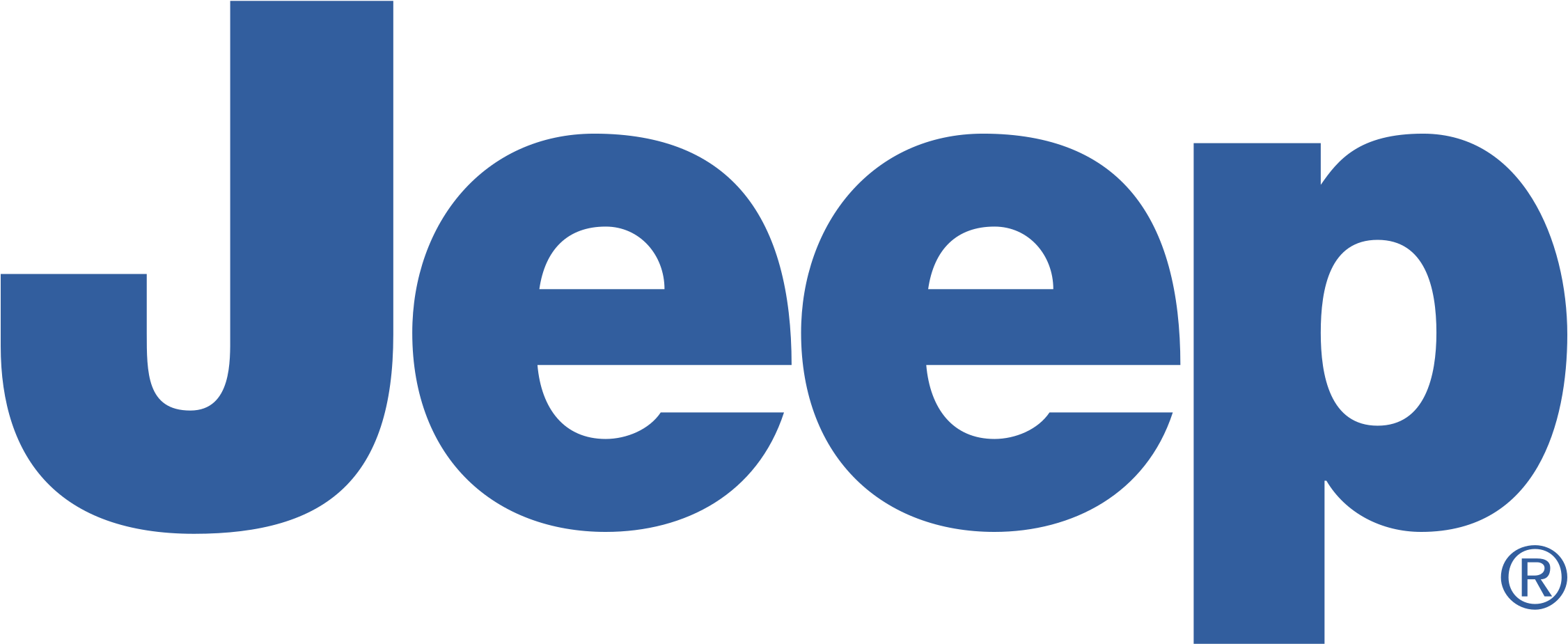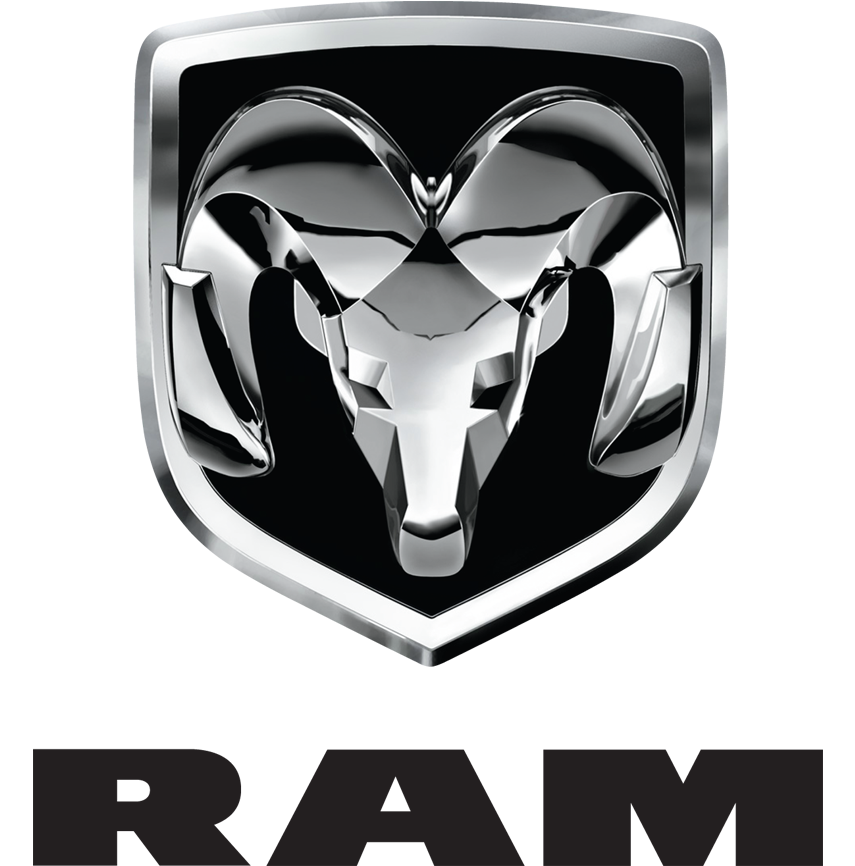As we head into Q4, the automotive industry experiences a significant shift in buyer behavior representing a critical period for both consumers and dealers, driven by end-of-year deals, holiday promotions, inventory clearance goals, and changing economic factors.
In this blog article, we explore the key patterns that define Q4 automotive shopping and what dealerships, marketers, and manufacturers need to understand to close the year strong.
1. Rise in Digital and Omnichannel Shopping
Consumer shopping behavior has become increasingly digital, and this trend is even more pronounced during Q4:
• Shoppers spend time researching online, comparing year-end promotions across dealerships.
• Use of platforms like CarGurus, Edmunds, and OEM websites rises in November and December.
• Online financing tools, trade-in estimators, and digital retailing options improve conversion rates.
Dealers with strong online presence, transparent pricing, and seamless digital-to-in-store experiences tend to outperform competitors.
2. Marketing Timing Matters
Q4 success often hinges on when dealers launch their campaigns:
• Early October: Great time to target planners and bargain-hunters.
• Mid-to-late November: Black Friday promotions generate heavy traffic.
• December: “Last chance” messaging and tax-related appeals are powerful.
Email marketing, paid search, and social ads tied to specific inventory and promotions perform particularly well in this window.
3. Incentive-Driven Buying Peaks
End-of-Year Discounts and Manufacturer Incentives
One of the most significant drivers of Q4 sales is the abundance of manufacturer incentives and dealer discounts. Automakers traditionally push hard to clear out current-year inventory to make room for next-year models, which often arrive in Q3 or early Q4.
• Cash-back offers, low APR financing, and lease deals spike during this time.
• Holiday-themed promotions like Black Friday and Year-End Clearance Sales dominate advertising.
Consumers become increasingly price-sensitive as holiday expenses rise, and this pushes many to delay purchases until these deals go live—often beginning in late October.
4. Lease Turnovers and Trade-Ins Spike
Q4 typically marks the end of many lease terms that began during previous year-end sales. This leads to a higher volume of:
• Trade-ins and lease returns, which can be reconditioned and added to the used car inventory.
• Repeat customers, who are often incentivized with loyalty offers to lease a newer model.
This surge supports both new and certified pre-owned (CPO) markets, giving dealers more options to move inventory.
5. Used Car Market Volatility
While new vehicle discounts are a Q4 hallmark, the used car market sees mixed trends:
• Supply increases due to lease returns and trade-ins.
• However, demand can dip slightly as buyers wait for new car incentives or holiday purchases elsewhere.
Dealers must navigate pricing sensitivity and inventory balancing, ensuring their used car pricing remains competitive while protecting margins.
6. Emotional and Seasonal Triggers
Car buying in Q4 is often influenced by emotional and seasonal factors:
• Holiday bonuses and gift-giving mindset can prompt impulse purchases or luxury upgrades.
• Cold weather, especially in northern regions, drives interest in AWD, SUVs, and trucks.
• End-of-year life changes (e.g., relocations, job changes, family expansions) can push buyers into the market quickly.
Tapping into these motivations through targeted marketing can be highly effective.
Q4 is the Time to Optimize Strategy
Q4 is not just the end of the year—it’s one of the most strategic periods for the automotive industry. Understanding the psychology, timing, and fiscal drivers behind Q4 automotive buying behavior allows OEMs, dealers, and marketers to align their strategies for maximum impact.
Whether through compelling year-end promotions, smart digital engagement, or proactive customer outreach, those who anticipate these Q4 patterns are well-positioned to finish the year strong.
